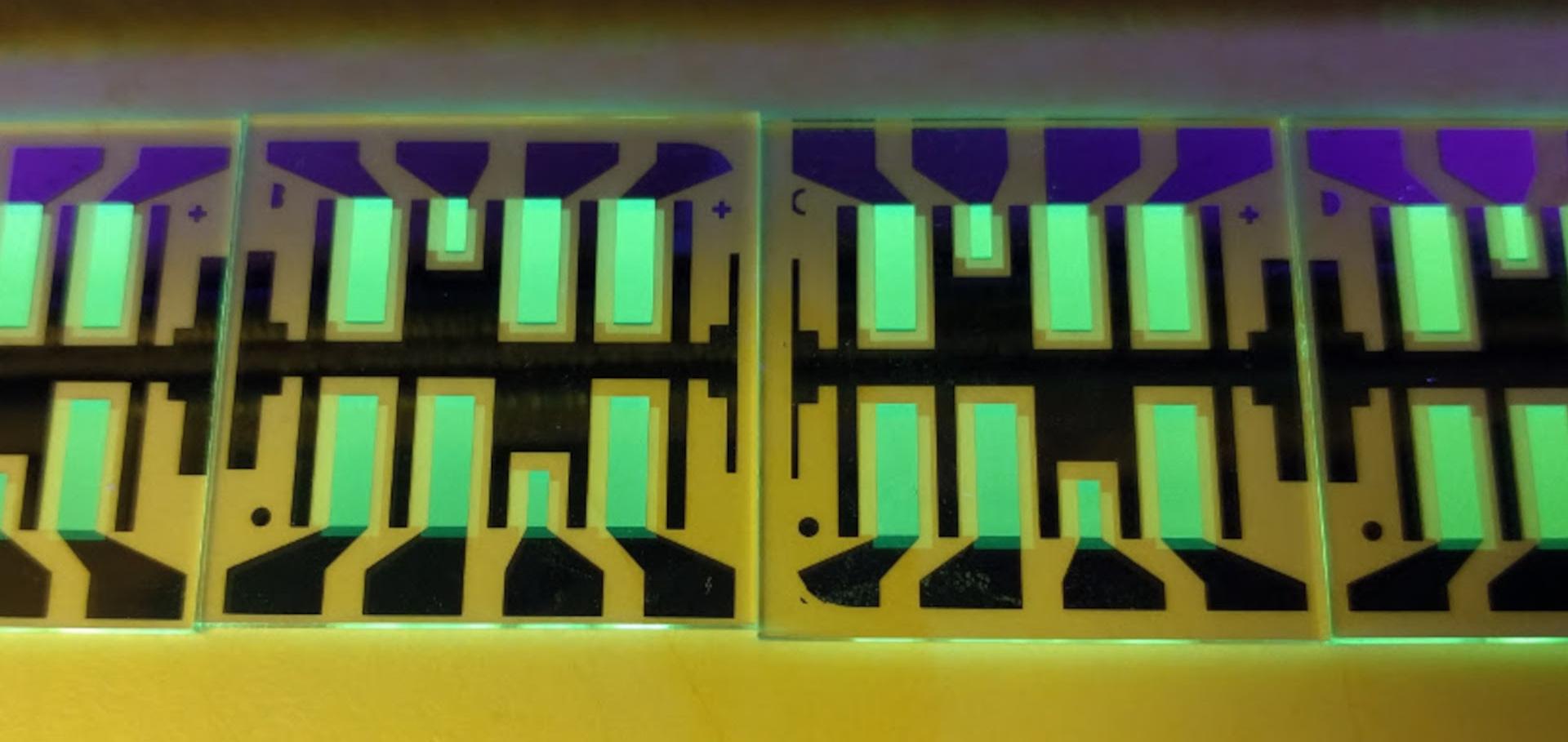Studying the kinetic parameters of BaTi5 O11 by using the thermoluminescence technique
Arabian Journal of Chemistry Elsevier 16:11 (2023) 105247-105247
Abstract:
The present study discusses the thermoluminescence (TL) characteristics of monoclinic barium titanate (BaTi5O11) which is chemically prepared using the sol–gel technique. The crystallinity is confirmed by X-ray diffraction, and the oxidation state of each element, morphology, and particle size of the prepared powder are chemically probed by different spectroscopic tools including X-ray Photoelectron Spectroscopy and Energy dispersive X-Ray spectroscopy. The sample is irradiated by a beta (β)-source with different applied doses in the range of 1.1––385 Gy. The kinetic parameters which correspond to the charge carrier traps were determined. The analysis methods indicated that the TL glow curve of BaTi5O11 consists of 6 overlapped peaks corresponding to 6 electron traps. The values for the trap depth are found to be in the range 0.94–1.40 eV and the TL glow peaks are located between 380.4 and 560.5 K. The study confirms the potential of BaTi5O11 for β-dosimetry.Roadmap on Photovoltaic Absorber Materials for Sustainable Energy Conversion
(2023)
Understanding the Role of Non-Fullerene Acceptor Crystallinity on the Charge Transport Properties and Performance of Organic Solar Cells
Journal of Materials Chemistry A Royal Society of Chemistry (RSC) (2023)
Abstract:
<jats:p>The acceptor crystallinity has long been associated with favourable organic solar cells (OSCs) properties such as high mobility and Fill Factor. In particular, this applies to acceptor materials such as...</jats:p>Vacuum deposited organic solar cells with BTIC-H as A–D–A non-fullerene acceptor
APL Materials AIP Publishing 11:6 (2023)
Abstract:
<jats:p>The record power conversion efficiency of solution-processed organic solar cells (OSCs) has almost doubled since non-fullerene acceptors (NFAs) replaced fullerene derivatives as the best-performing acceptor molecules. The successful transition from C60 to NFAs is still pending for vacuum-thermal evaporated (VTE) OSCs, not least because most NFAs are too large to be evaporated without breaking. Due to VTE’s relevance in terms of industrial manufacturing, discovering high-performing VTE NFAs is a major opportunity for OSCs. Here, we fabricate evaporated OSCs based on the NFA BTIC-H known from solution processing. This A–D–A molecule has an unfused bithiophene core, 1,1-dicyanomethylene-3-indanone end groups, and hexyl side chains, making it small enough to be evaporated well. We pair BTIC-H with four commonly used evaporated donors—DCV5T-Me(3,3), DTDCPB, HB194, and SubNc—in planar heterojunctions. We observe appreciable photocurrents and a voltage loss of ∼0.8 V, matching that of corresponding C60 devices. Donor:BTIC-H bulk heterojunctions likely face charge collection issues due to unfavorable microstructure. Our work demonstrates one of few NFA based evaporated OSCs with encouraging performance results and gives one potential starting point for molecule design of further NFAs suitable for VTE.</jats:p>Vacuum-Deposited Donors for Low-Voltage-Loss Nonfullerene Organic Solar Cells.
ACS applied materials & interfaces (2023)


